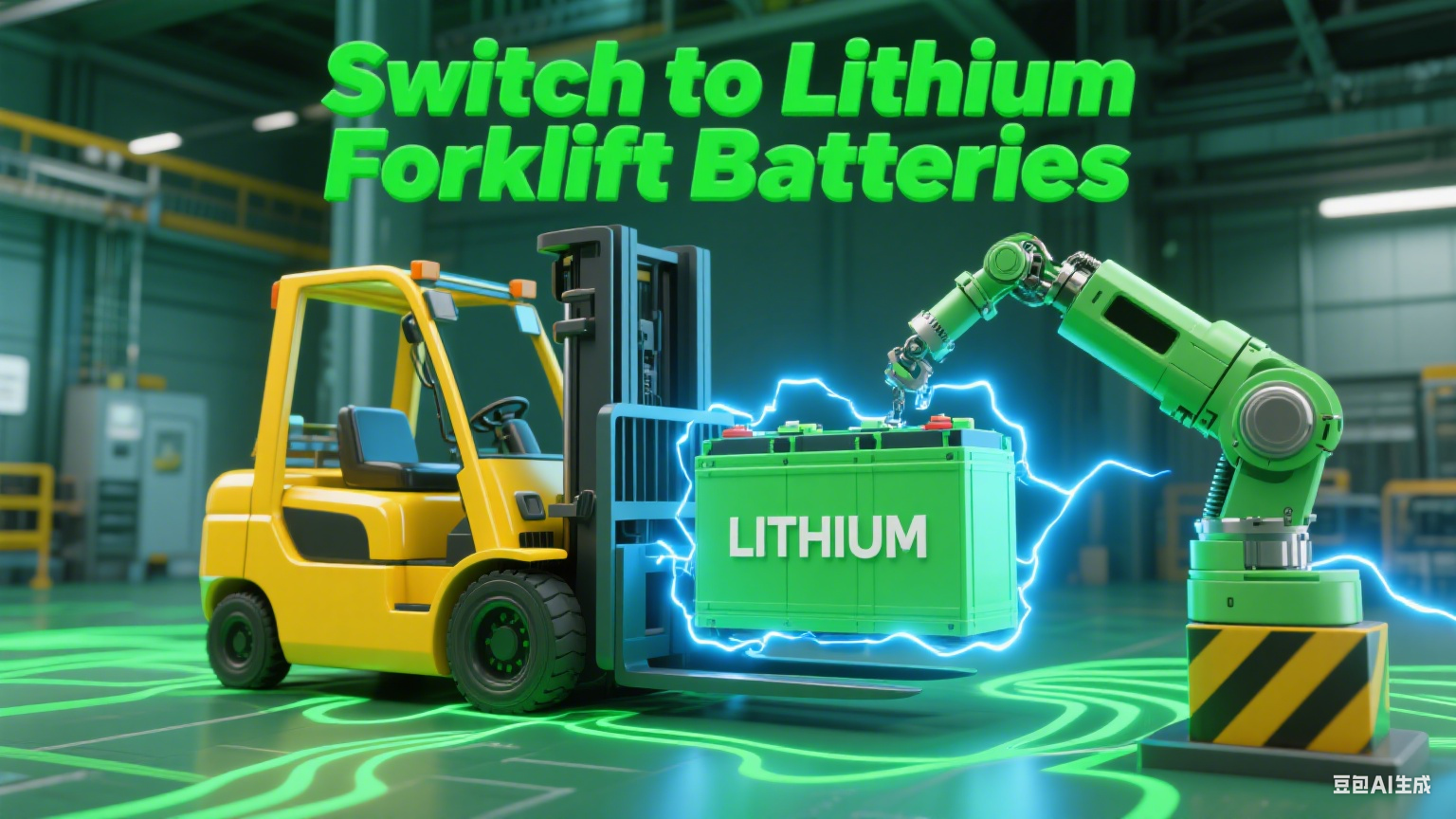
In today’s logistics and warehousing industries, efficiency, cost control, and sustainability are driving operational decisions. One critical area undergoing rapid transformation is forklift power systems. Many businesses are now choosing to switch from lead-acid batteries—or even internal combustion engines—to lithium-ion batteries, specifically LiFePO₄ (LFP) technology. But why is this shift happening? And how can your fleet successfully upgrade to lithium forklift batteries?
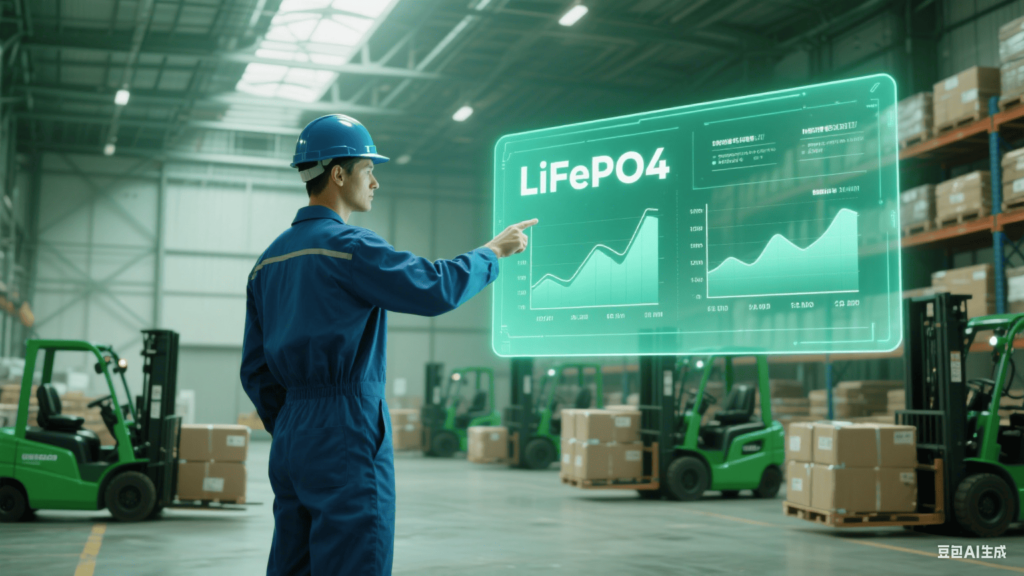
The Benefits of Switching Forklifts to Lithium Battery Power
Forklifts have long relied on traditional lead-acid batteries or diesel/LPG combustion engines. However, lithium battery technology—especially LiFePO₄ (LFP) chemistry—has quickly become the superior alternative for a wide range of material handling operations. Here's why:
1. Higher Energy Efficiency and Fast Charging
LFP lithium batteries charge much faster than lead-acid units—often in just 1 to 2 hours. They also support opportunity charging, allowing forklifts to recharge during short breaks, eliminating the need for battery swapping.
2. Lower Total Cost of Ownership
Though the upfront investment is higher, lithium batteries offer up to 10 years of lifespan with minimal maintenance. There’s no need for water refills, ventilation areas, or spare batteries—greatly reducing long-term operating and labor costs.
3. Improved Safety and Clean Operation
LiFePO₄ chemistry is inherently stable and non-combustible, offering greater safety and thermal stability than other lithium chemistries. Unlike internal combustion engines, lithium-powered forklifts produce zero emissions, aligning with environmental and workplace health standards.
4. Consistent Power Output
Where lead-acid batteries lose voltage as they discharge, LFP batteries deliver steady performance throughout the charge cycle, ensuring consistent lifting capacity and driving speed.
5. Eco-Friendly and Sustainable
Switching to lithium reduces carbon footprint, cuts down battery waste, and aligns with ESG initiatives. This makes it a future-proof solution for green warehouse operations.
How to Upgrade Your Forklift to Lithium Power
Transitioning from lead-acid or combustion engines to lithium-ion doesn't have to be complex—especially with SPIDERWAY’s LFP forklift battery solutions.
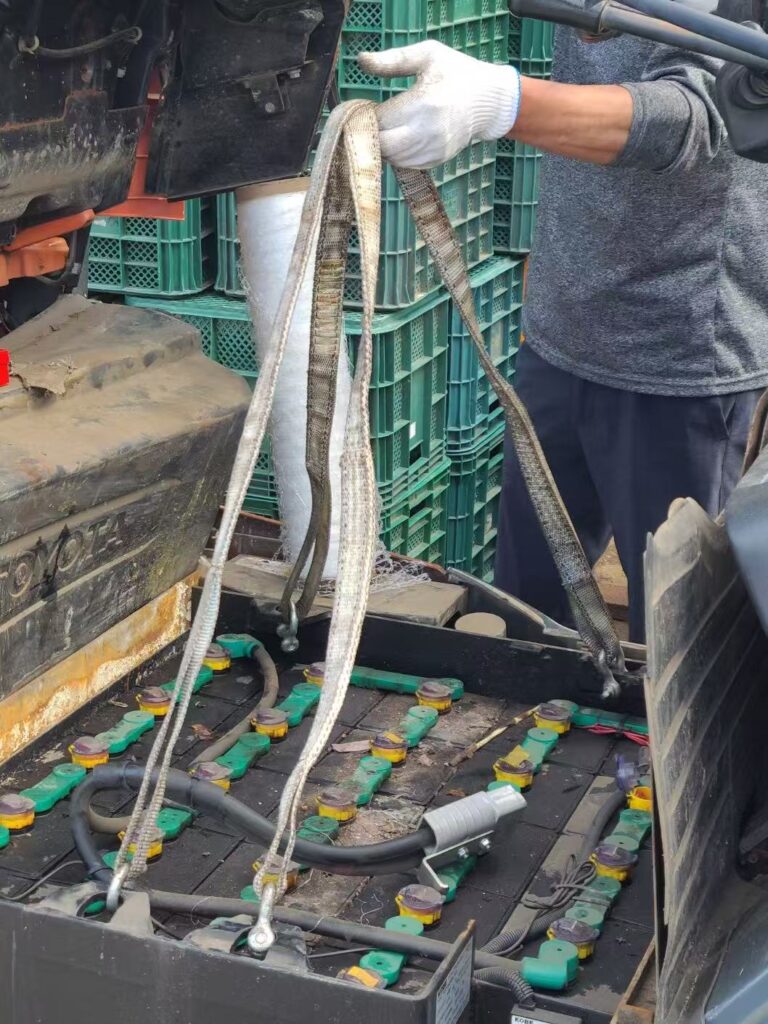
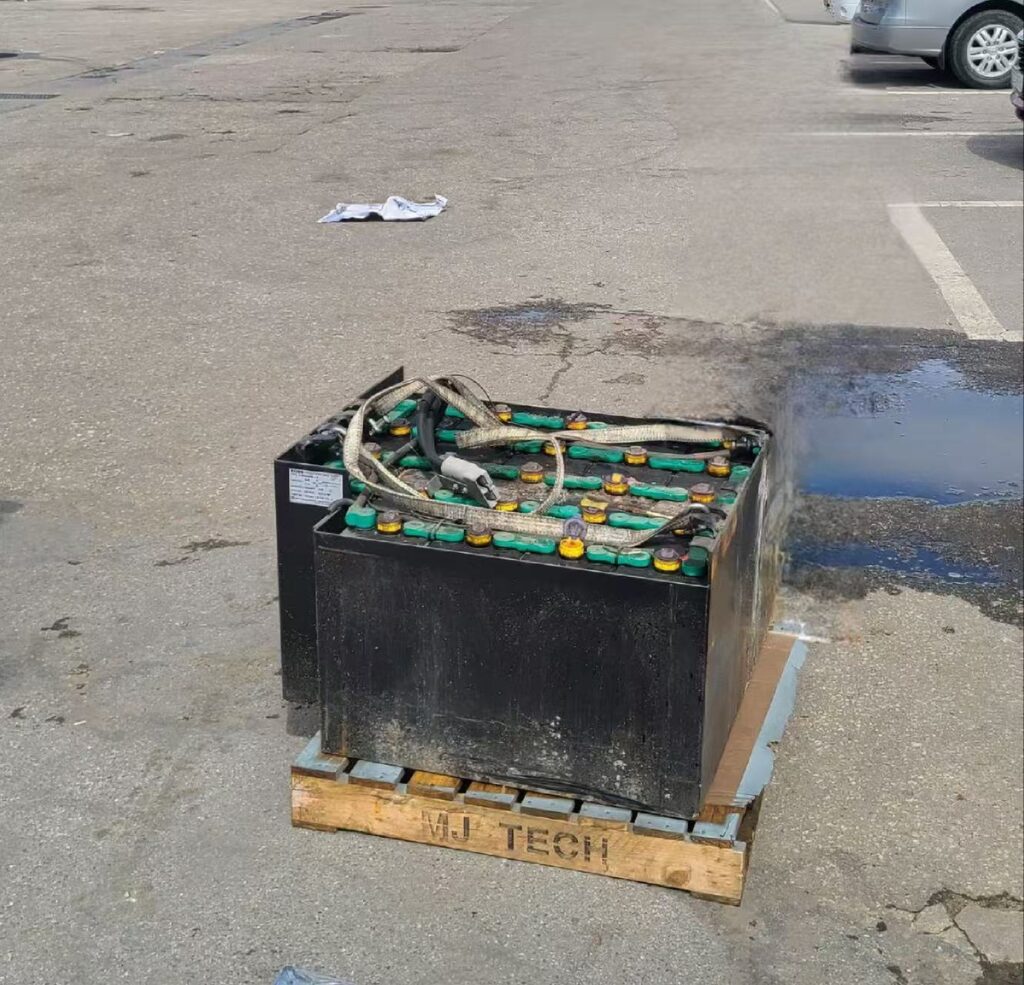
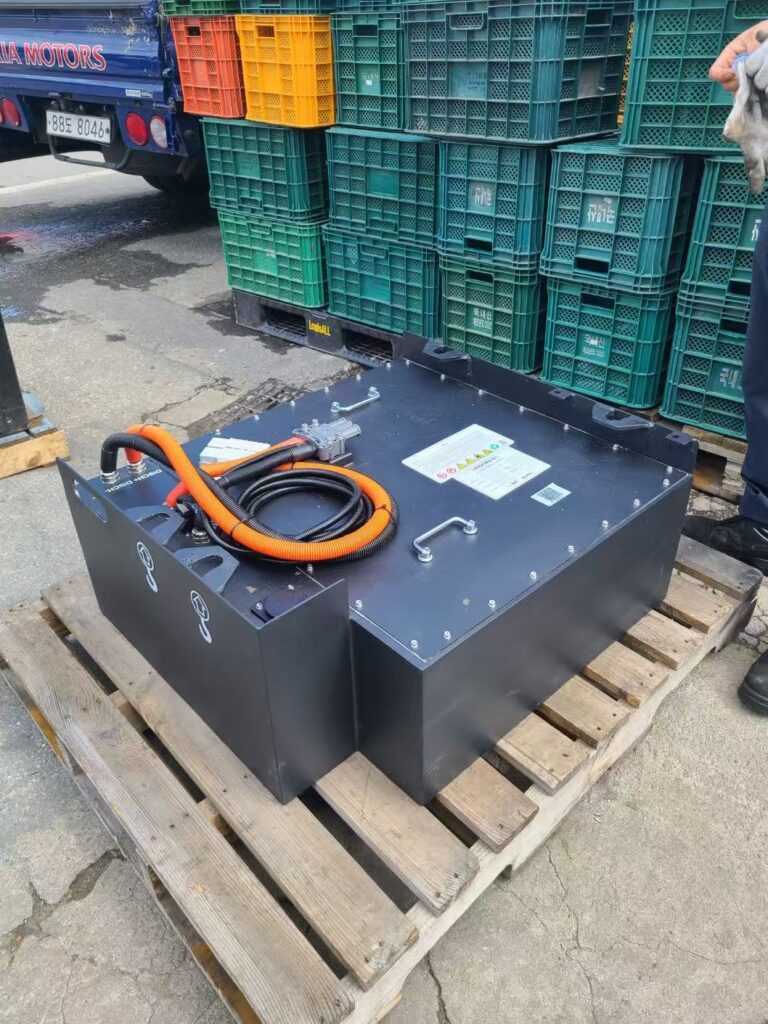
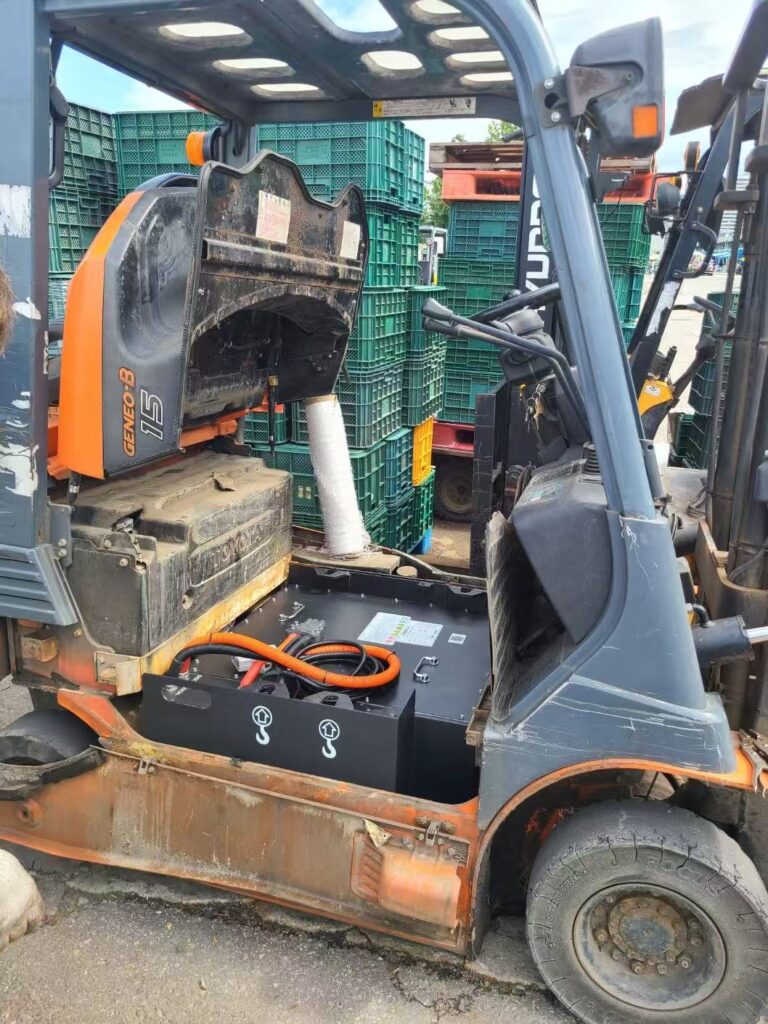
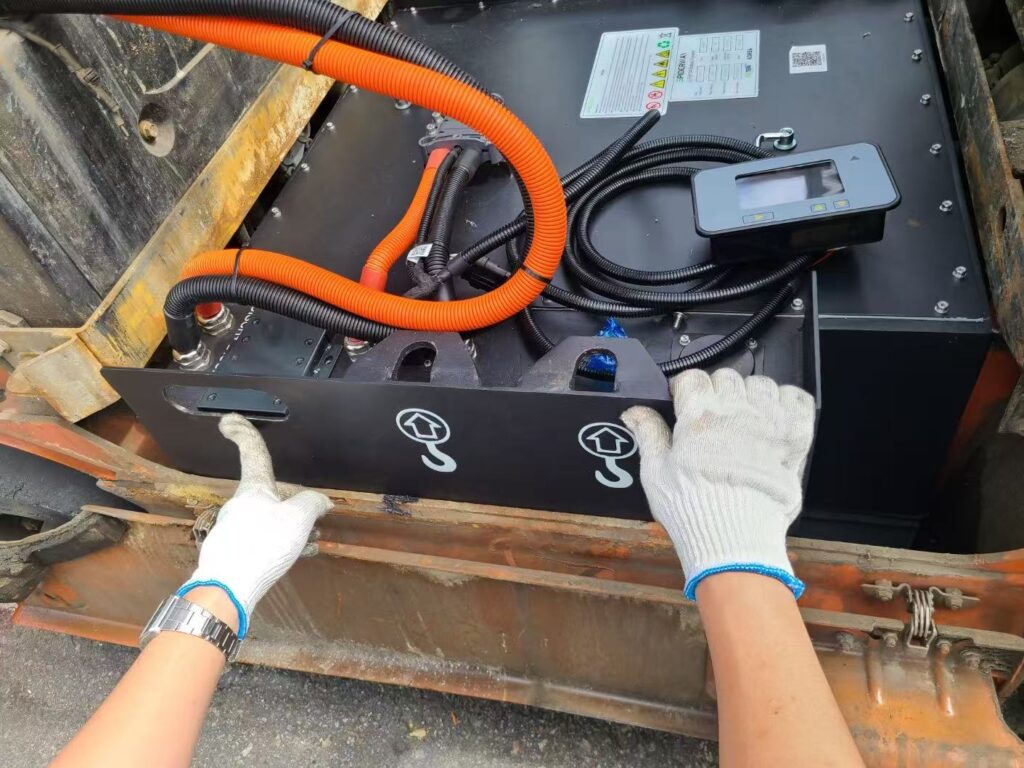
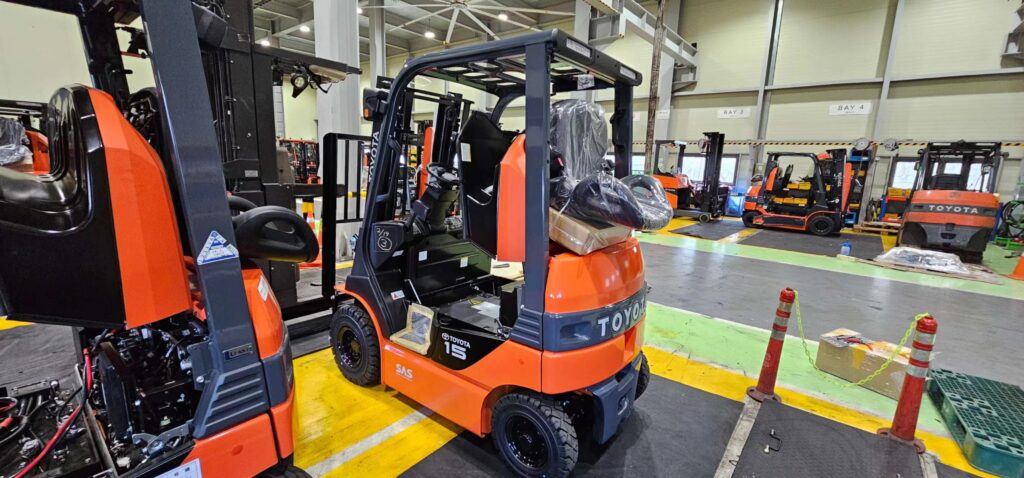
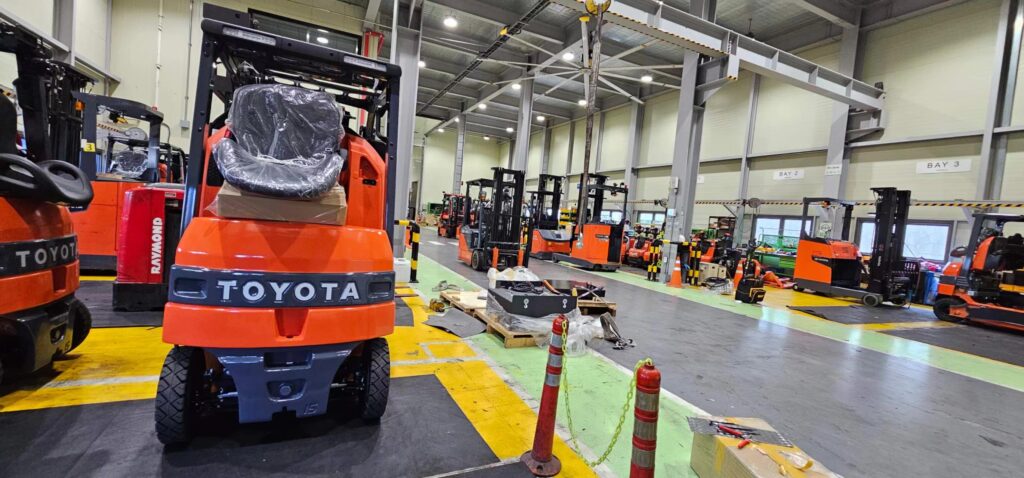
Step 1: Evaluate Your Existing Forklift Fleet
Identify the makes, models, and operational demands of your current fleet. SPIDERWAY provides tailored retrofit kits and plug-and-play lithium battery packs for most electric forklift configurations.
Step 2: Choose the Right SPIDERWAY Lithium Battery
Our LFP battery solutions are perfectly compatible with major global forklift brands, including:
- Toyota (7FB15, 7FB25, 8FBE, etc.)
- HELI (CPD series, G series)
- Jungheinrich (EFG series)
- Linde (E20, E25, H20)
- Hyster-Yale, Crown, Clark, Doosan, Mitsubishi, and more
We offer battery modules ranging from 24V to 80V, with capacities customized for your workload.
Step 3: Installation and Integration
SPIDERWAY’s team or authorized partners will handle the full conversion process—including battery removal, installation, BMS integration, and charger setup—ensuring optimal system performance and safety.
Proven Results: Lower Costs, Higher Efficiency
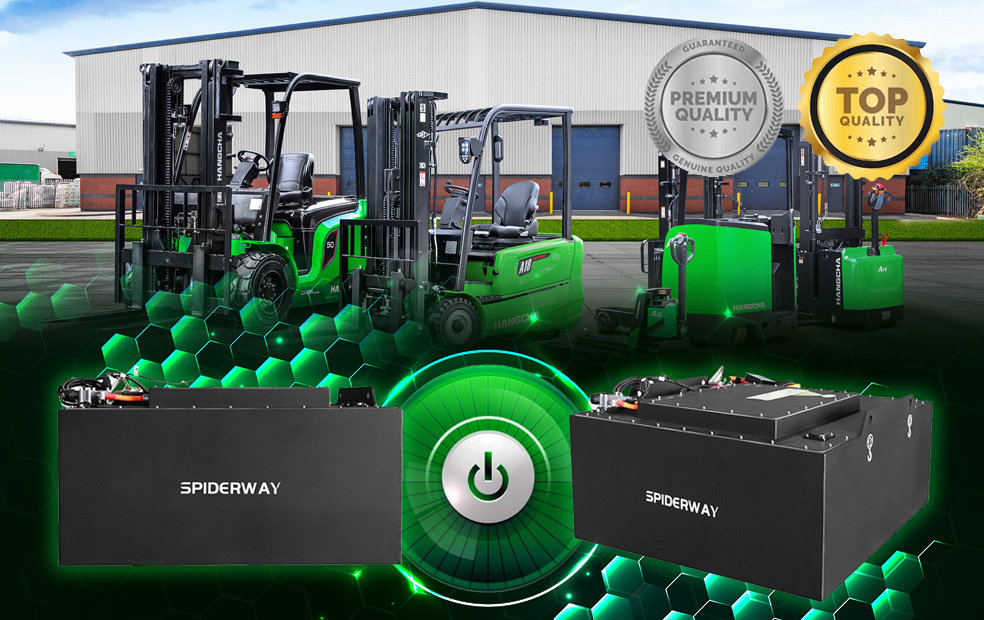
With thousands of forklift fleets worldwide successfully upgrading to SPIDERWAY LFP batteries, our customers have reported:
- Up to 40% reduction in total energy costs
- Extended operating hours with fewer battery changes
- Streamlined maintenance and improved uptime
- Fewer breakdowns and higher driver satisfaction
From logistics hubs in Europe to manufacturing plants in Asia, SPIDERWAY-powered forklifts are redefining operational standards.
Conclusion: Future-Proof Your Forklift Fleet
Whether you're currently using lead-acid batteries or internal combustion forklifts, it's time to consider the long-term benefits of switching to LiFePO₄ lithium batteries. With SPIDERWAY’s robust, scalable, and field-proven solutions, you can upgrade your forklift power system with confidence.
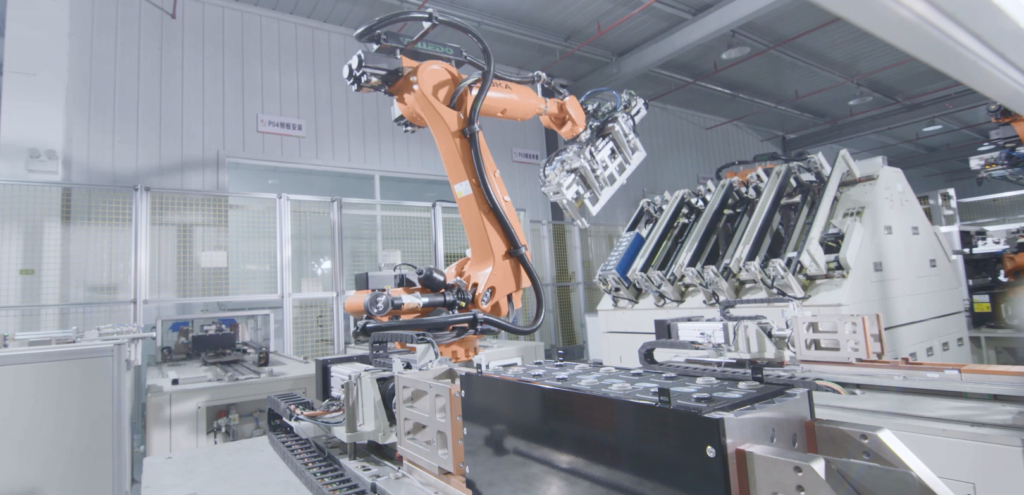
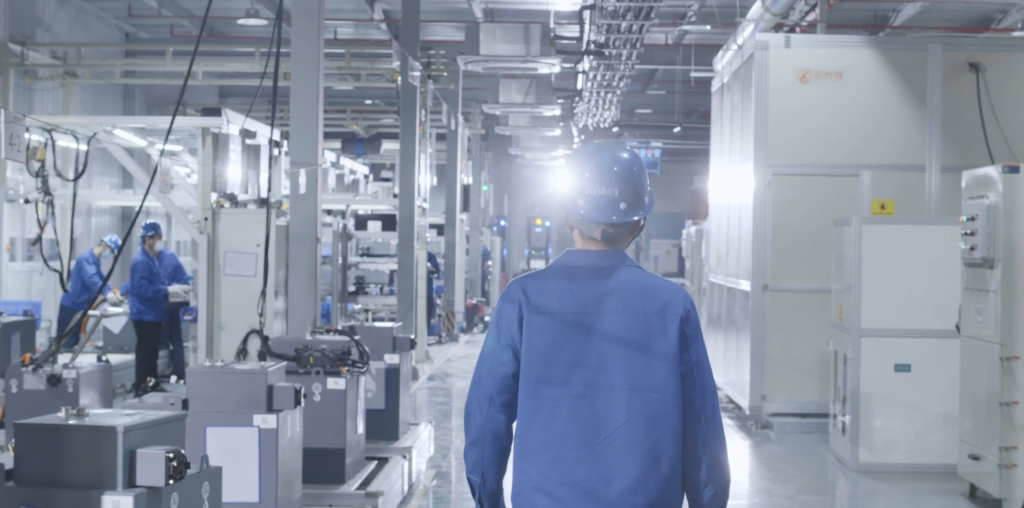
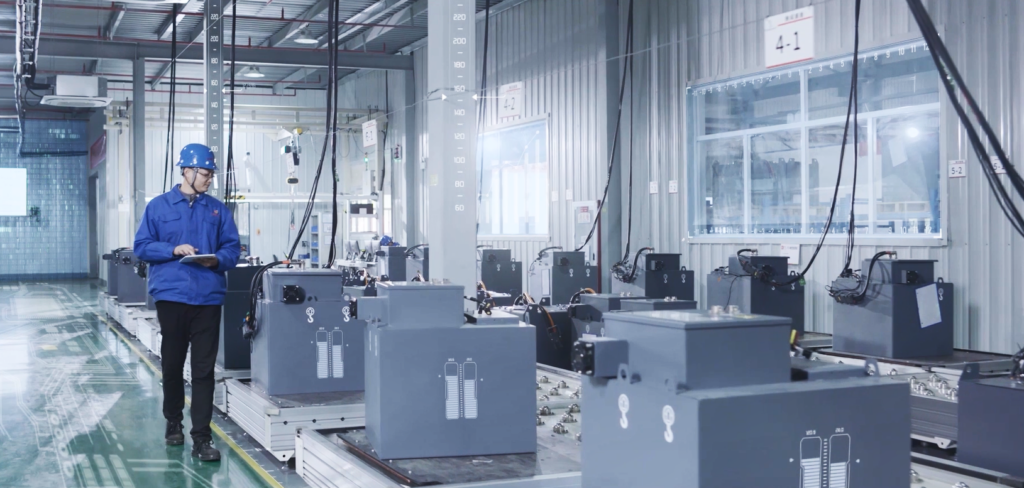
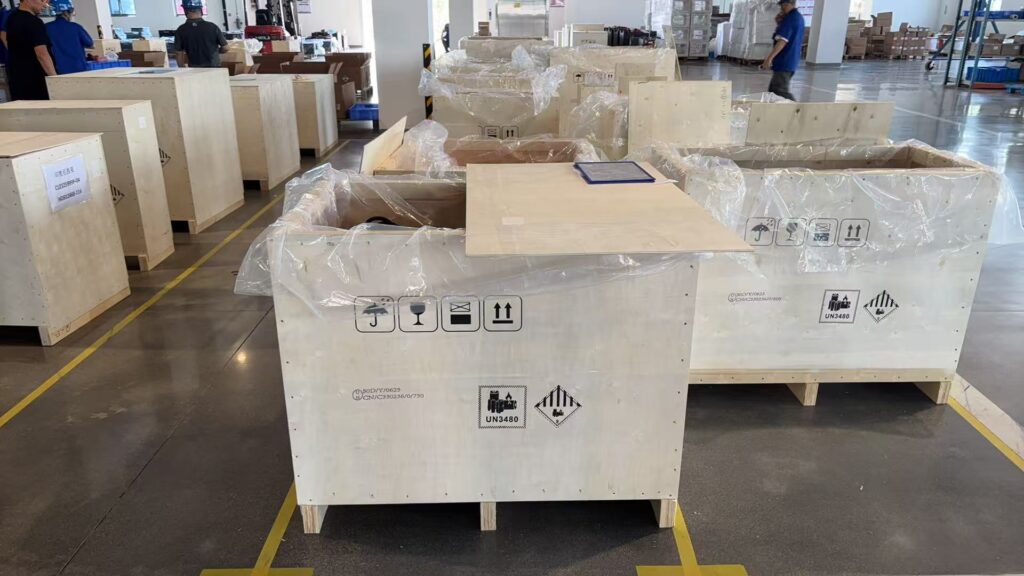

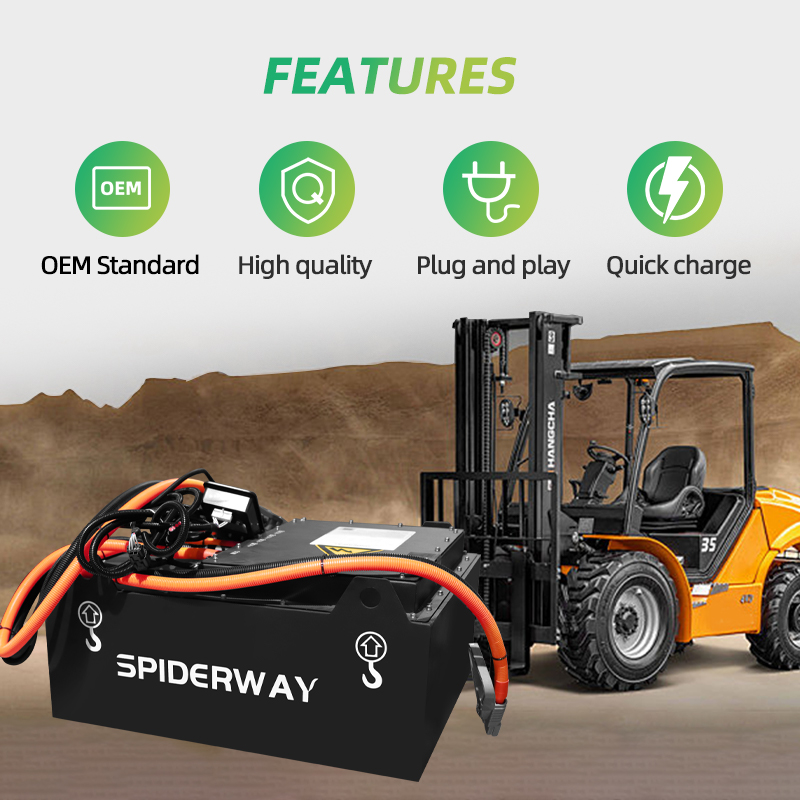

Our team will help you assess compatibility, customize the right battery solution, and support seamless implementation—allowing your business to cut costs, go green, and improve operational efficiency.
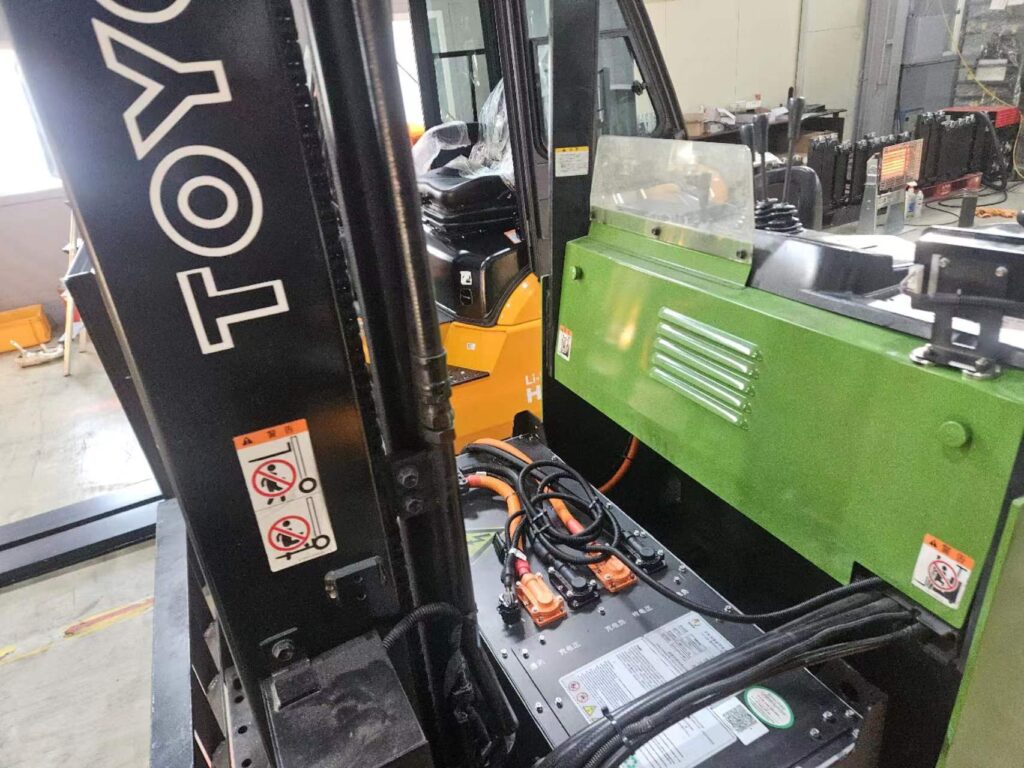
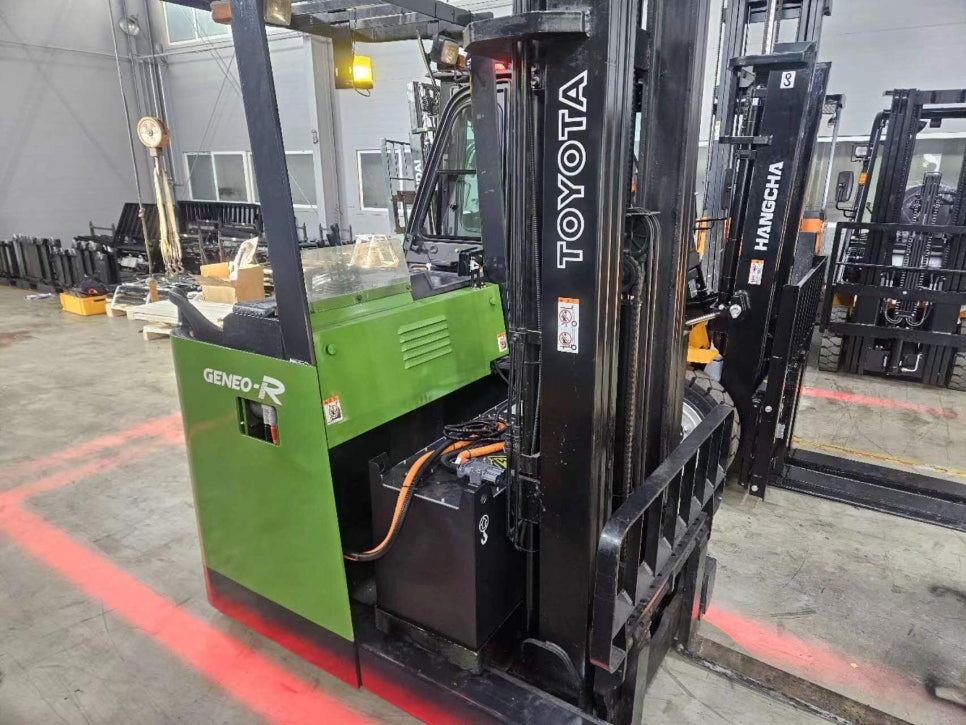
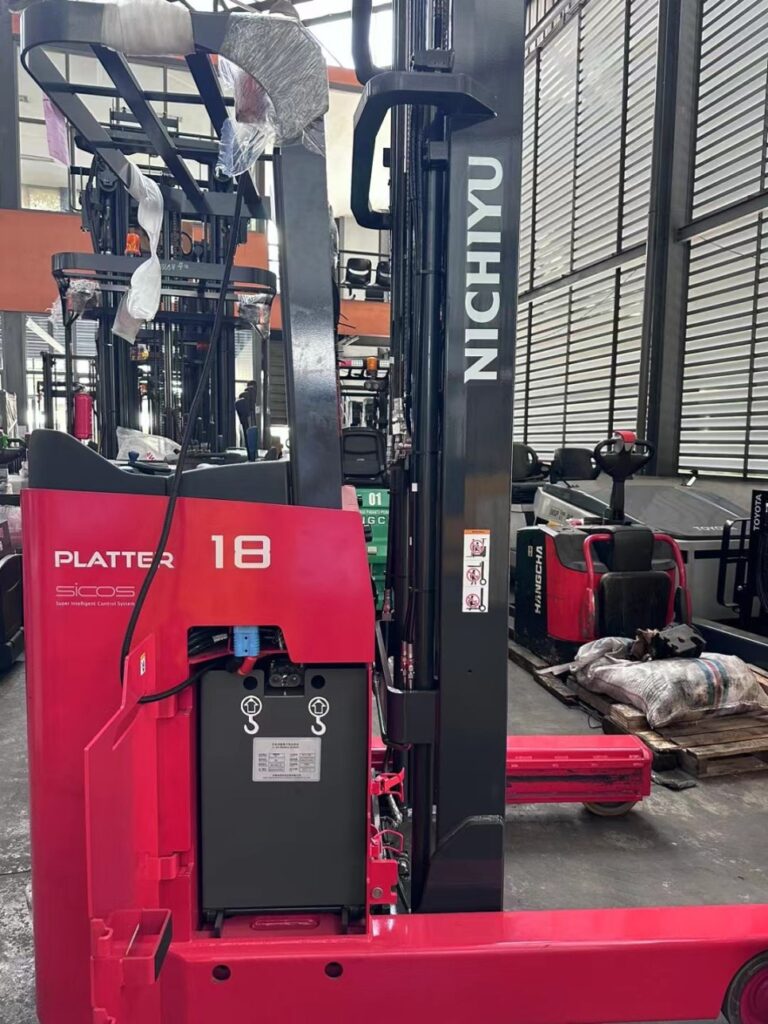
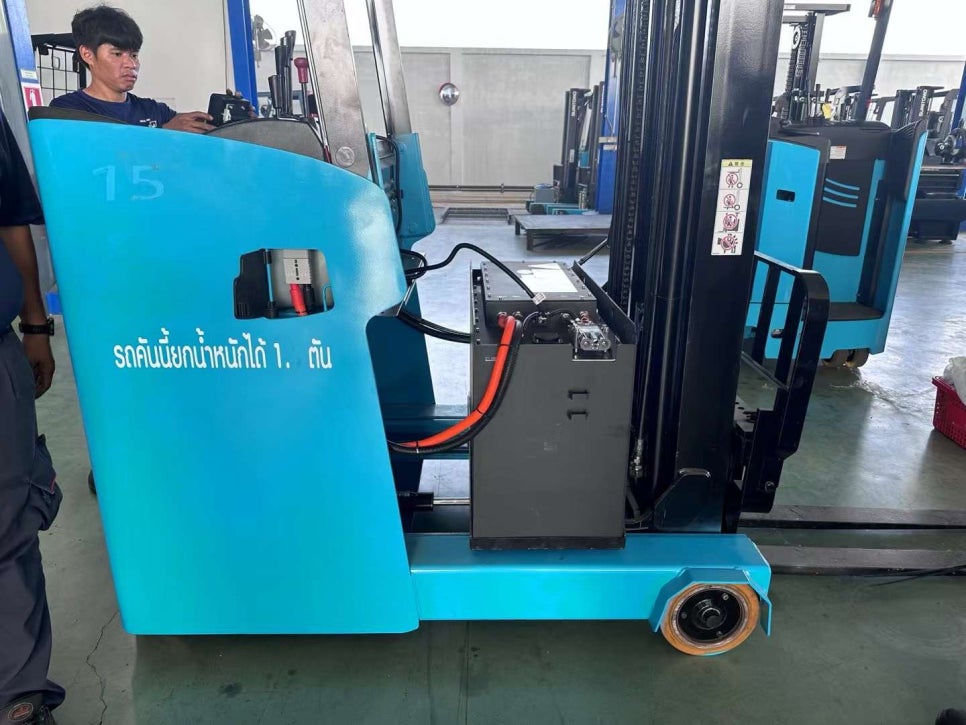
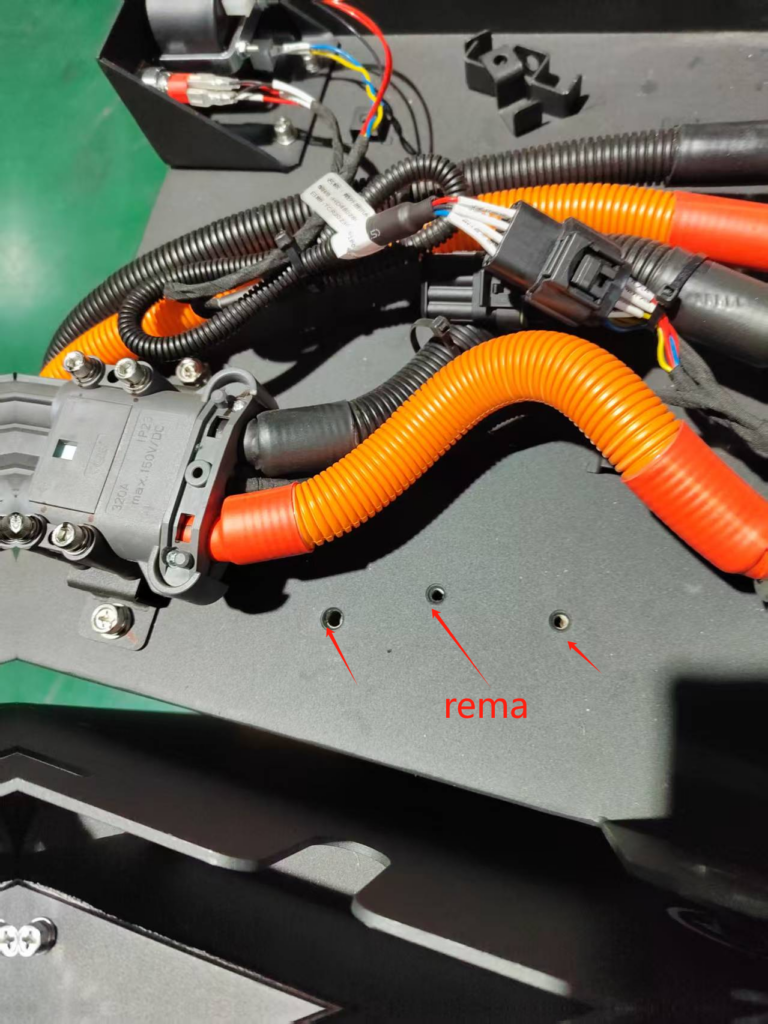
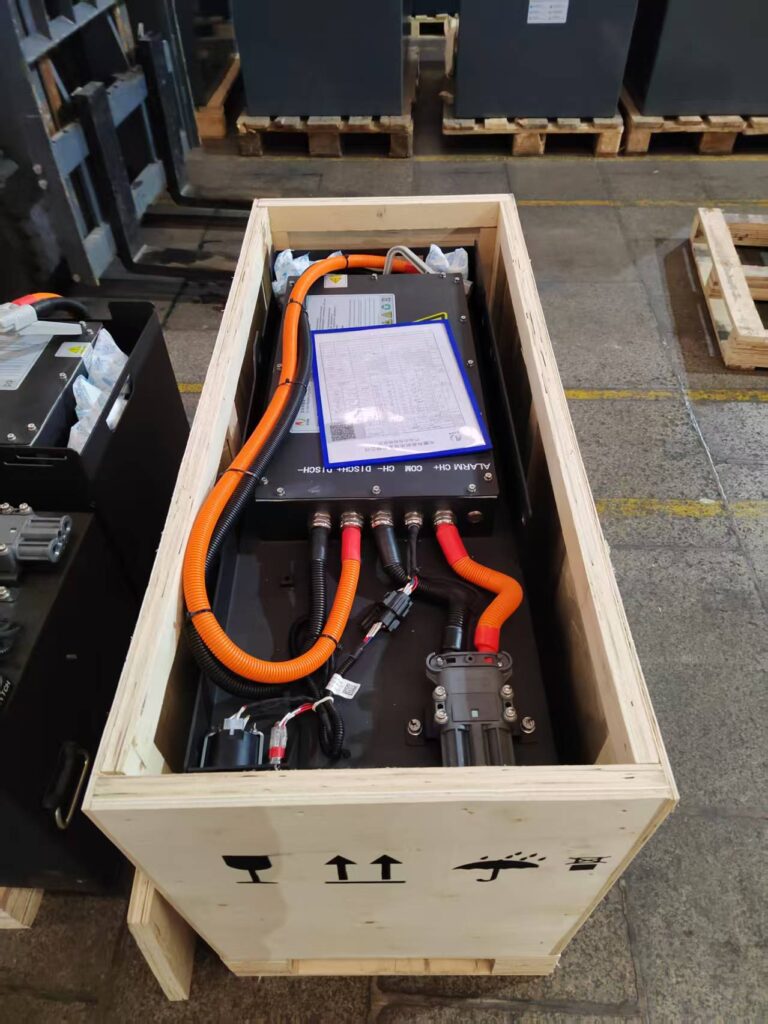
FAQs
Q1: Can I replace a lead-acid battery with a lithium battery in my existing forklift? Yes. SPIDERWAY offers drop-in replacement lithium batteries compatible with most forklift models, with all necessary BMS and charger configurations included.
Q2: What forklift brands are compatible with SPIDERWAY batteries? We support Toyota, HELI, Linde, Jungheinrich, Crown, Yale, Mitsubishi, and many more.
Q3: How long does it take to charge a SPIDERWAY lithium battery? Typically between 1 and 2 hours, depending on the battery capacity and charger specifications.
Q4: Is it worth switching if my current batteries are still functional? Yes. Even with functioning lead-acid units, upgrading to lithium delivers substantial ROI through energy savings, reduced downtime, and extended battery life.
If you're considering a forklift battery switch, looking to upgrade your power system, or want to replace lead-acid with lithium batteries, SPIDERWAY is your trusted global partner. Contact us today for a customized consultation and discover the future of forklift energy.
https://www.spider-way.com/why-switch-to-lithium-forklift-batteries-how-to-upgrade-your-forklift-power-system/?_unique_id=68eb733015d96
Comments
Post a Comment